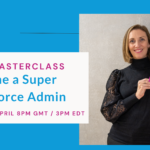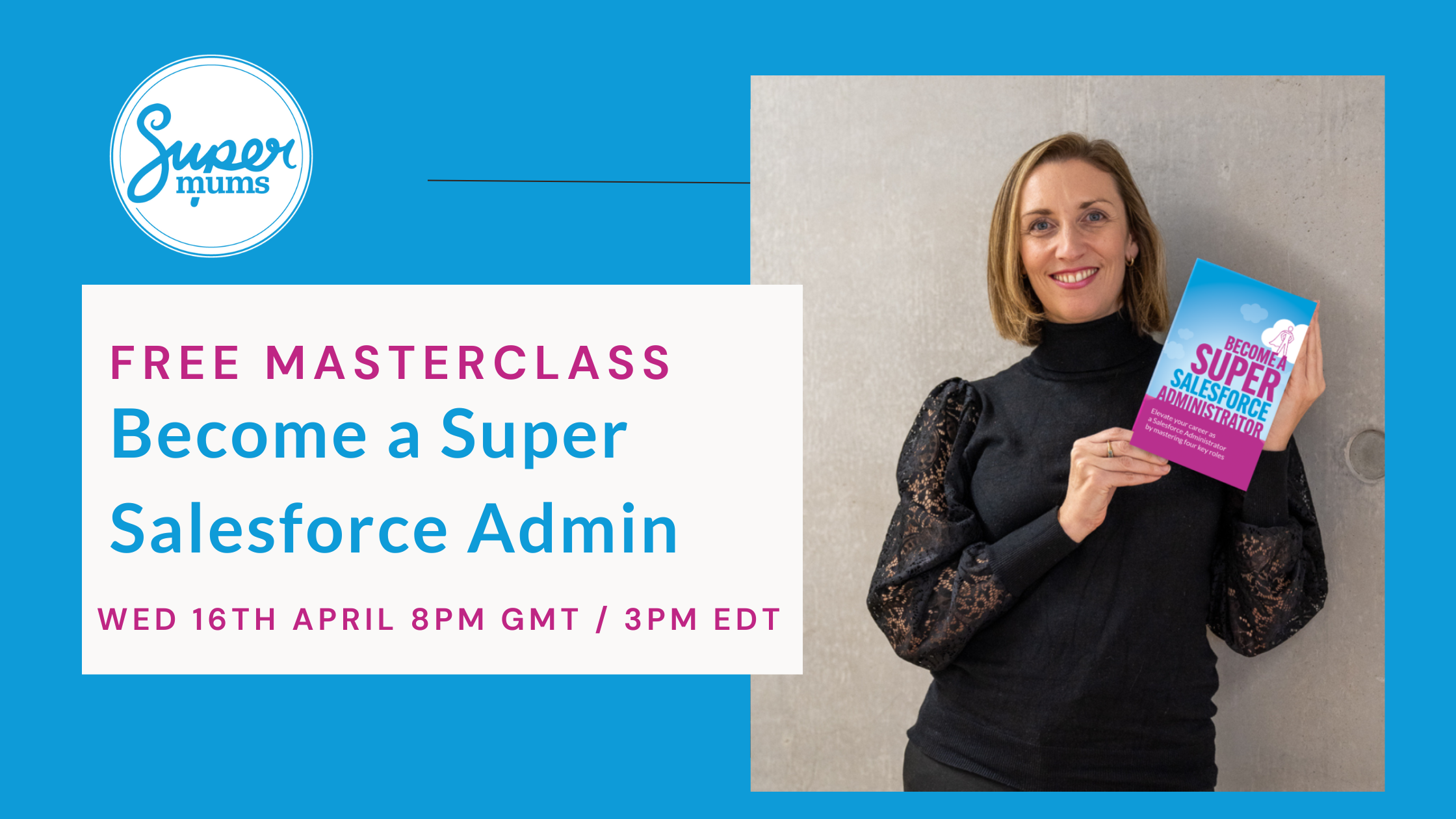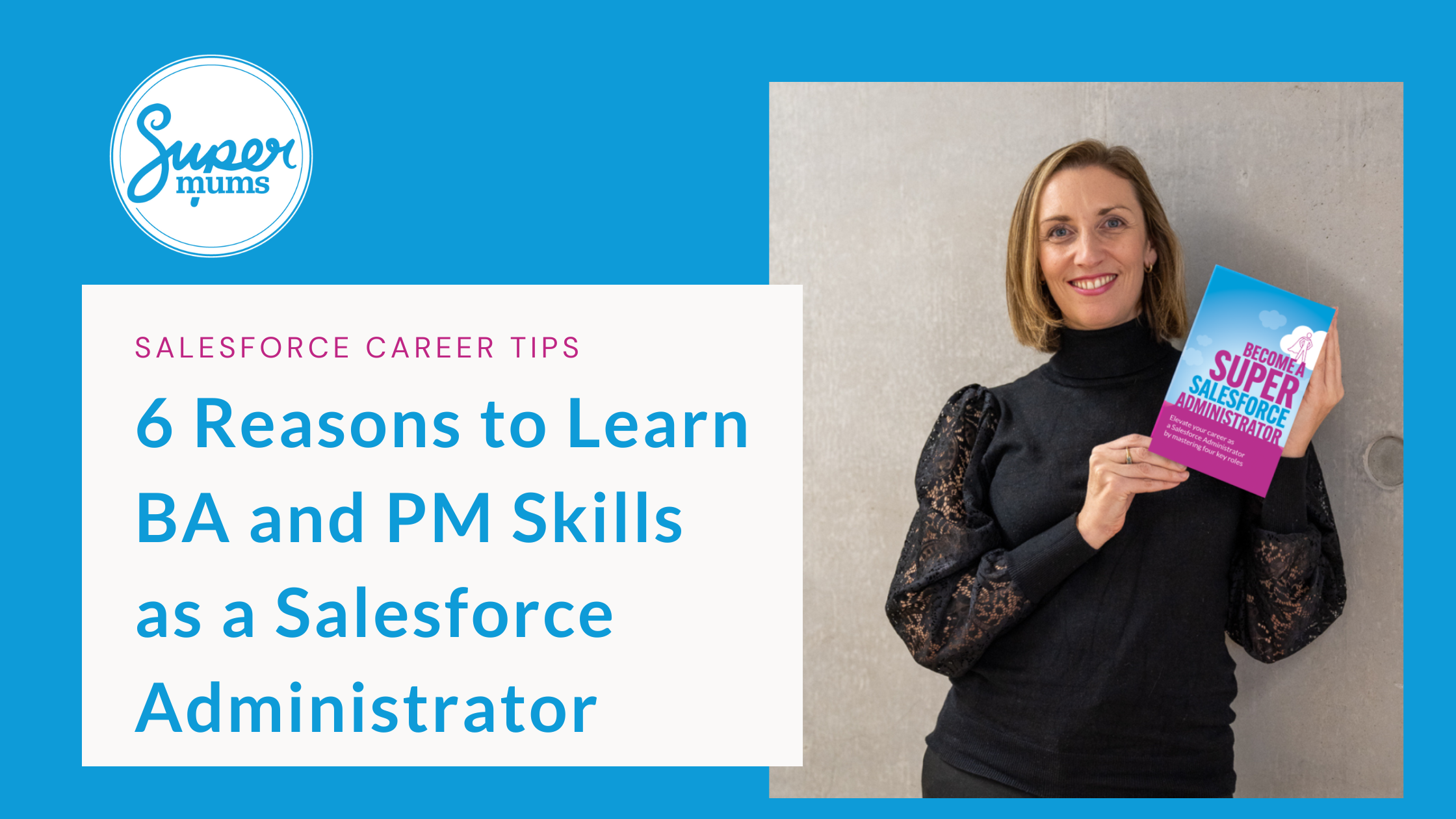How to Manage a Salesforce Team
By Heather Black

Find out how to identify and upskill Salesforce Champions in your Salesforce Team in this weeks blog. Managing Salesforce is a team effort which involves participation from senior management, to the Salesforce technical team to the Salesforce champions within the departments. Over the next four weeks we are going to walk you through how to set up a Salesforce team for success so you Salesforce org is governed and managed effectively.
To get a weekly notification of the up coming blog series, sign up to our Boost your Salesforce Career Bulletin.
Part 1 – How to establish a Salesforce Center of Excellence
Part 2 – How to hire a Salesforce Team
Part 3 – How to identify and upskill Salesforce Champions
Part 4 – How to set up a Salesforce Team with Roles and Responsibilities

How to set up a Salesforce Team with Roles and Responsibilities
Building a high performing Salesforce project team requires thought and skill. You are going to have a mix of stakeholders from the client side and potentially a team from a Salesforce Consultancy.
There may be familiar / non familiar faces in the room so new relationships might need to be built, but they all have one thing in common. It’s a new project with new objectives, roles, and responsibilities.
Within this blog, I discuss how to set up a high performing team structure, which covers, how to recruit the right team composition, how to lay down the foundations for the team, and how to play out the roller coaster ride of team dynamics.
What can go Wrong?
If you don’t get the right team composition in place for the project, then it could flag and at worse fail! It will be stressful, frustrating, and awkward. It’s not going to be happy job you wanted!
Creating a team for a Salesforce project requires similar traits to building a team for any department, but the difference is you must get the team up and running quickly and executive deliverables to a time and budget to impress clients. There are extra pressures and expectations put upon you right way.
How to Recruit the Right Roles
Below is a summary of the different roles you might want on the team:
Business
- Ambassador
- Champions
- Analyst
Experts
- Technical Experts
- Change Management Consultant
- Project Management
- Communications
- Specialists
Enablers
- Trainers
- Coaches
- Facilitators
- Counsellors
Getting the Right Mix of Skills and Attributes
Getting the right mix of skills and attributes is still an important ingredient to building a team. I would recommend using tools such as DISC, BELBIN, Talent Dynamics or Myers Briggs to get the right mix of personalities within the job roles. To many of the same type of personality can skew performance. It’s important for team members to respect and appreciate what each person brings to the table.
Laying the Team Foundations
Robin and Christine Glaser (1992)[i] identified five elements that contribute to the level of a team’s effectiveness or ineffectiveness over time. When establishing the team structure, it is valuable to consider these elements to create a fully functioning team.
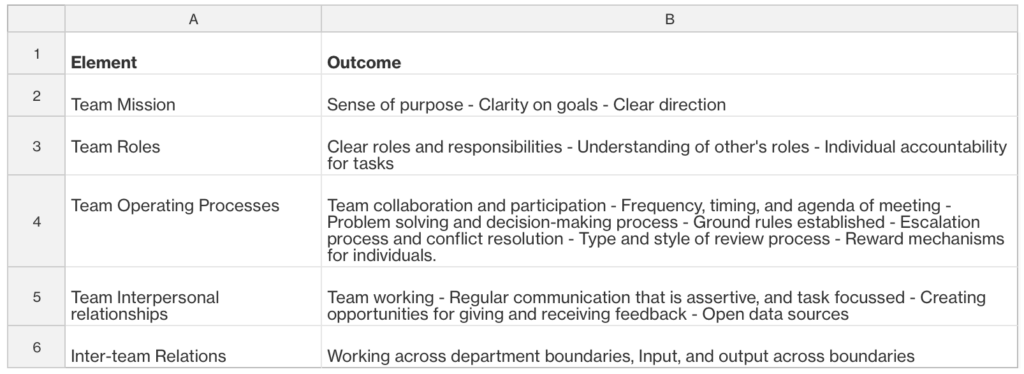
How to Deal with the Emotional Roller Coaster
Whenever a new team comes together, they are going to through an emotional journey as they discover their role and get to know everyone else in the process. To bring this to life, I reference Tuckman’s (1965)[ii] Team Relationship model that recognises that teams go through an evolution and non-linear journey of Forming – Norming – Storming – Performing – Adjourning as they build relationships with each other. The team can go back and forth before norming and storming several times before they are reaching a performing stage.
It’s a great idea to share this model within one of your first team meetings, so everyone is aware of this emotional journey that they could go on as a team and that its okay to feel negative emotions, but to discuss the right ways to handle these challenges if they arise.
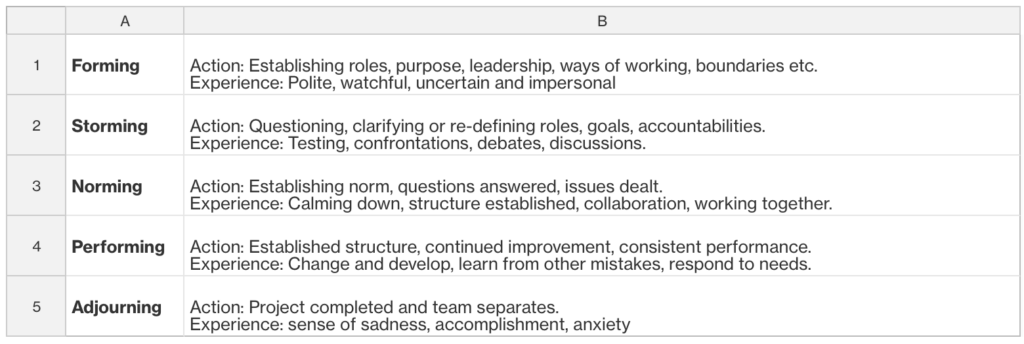
At the end of this series, hope you better understand how to lay the foundations for a successful project team and to set the intentions for how everyone works together to gain the same outcome.
[i]Glaser, R and Glaser, C (1992), Team Effectiveness Profile, King of Prussia, PA.
[ii]Tuckman, B (1965), Development sequences in small groups, Psychological Bulletin, 63, pp 384-99

This series of content is taken from extracts of the new and upcoming book, “How to be a Super Salesforce Consultant – The A to Z Guide of How to lead a Salesforce Project”
To stay up to date with release dates, special offers and secret chapters that you can unlock, join the VIP Waiting List.
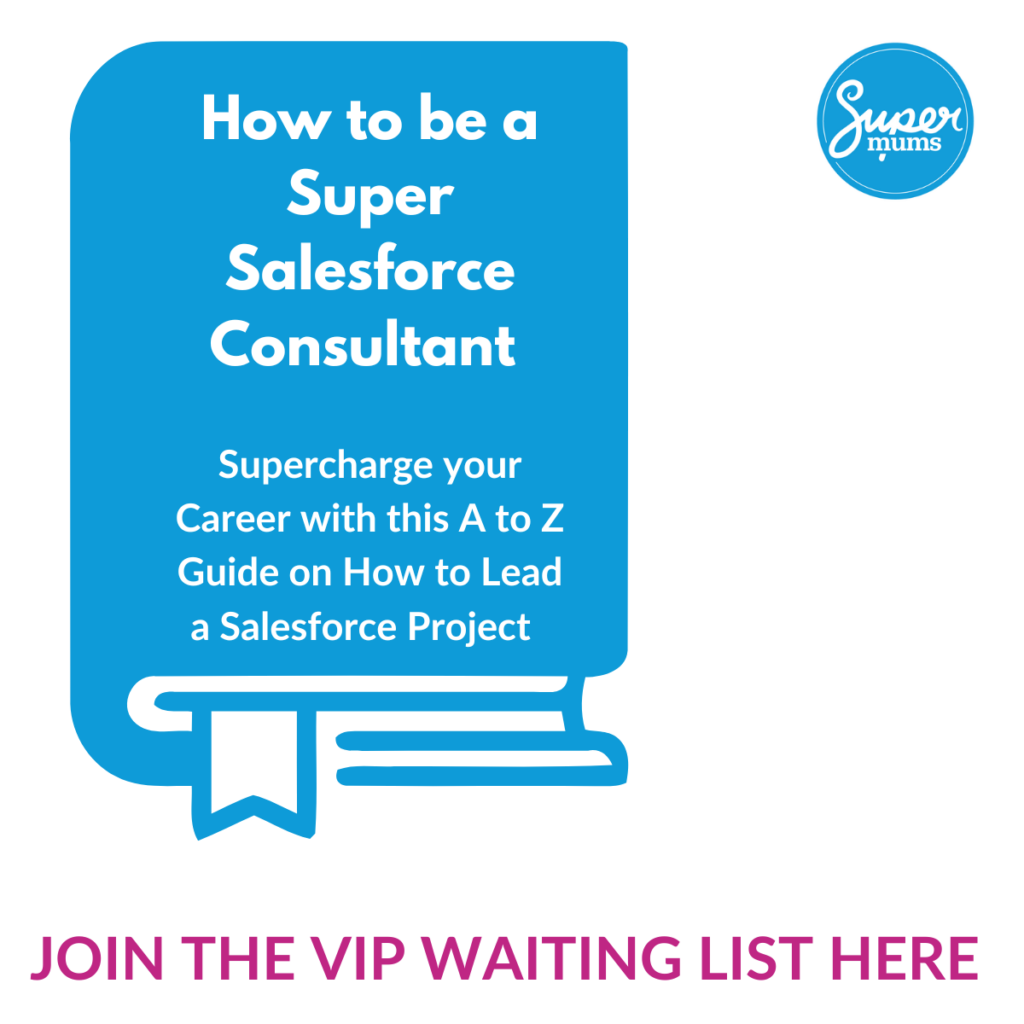
Written By:
Subscribe To Our Weekly Top Tip Bulletin
Get Updates And Learn From The Best


